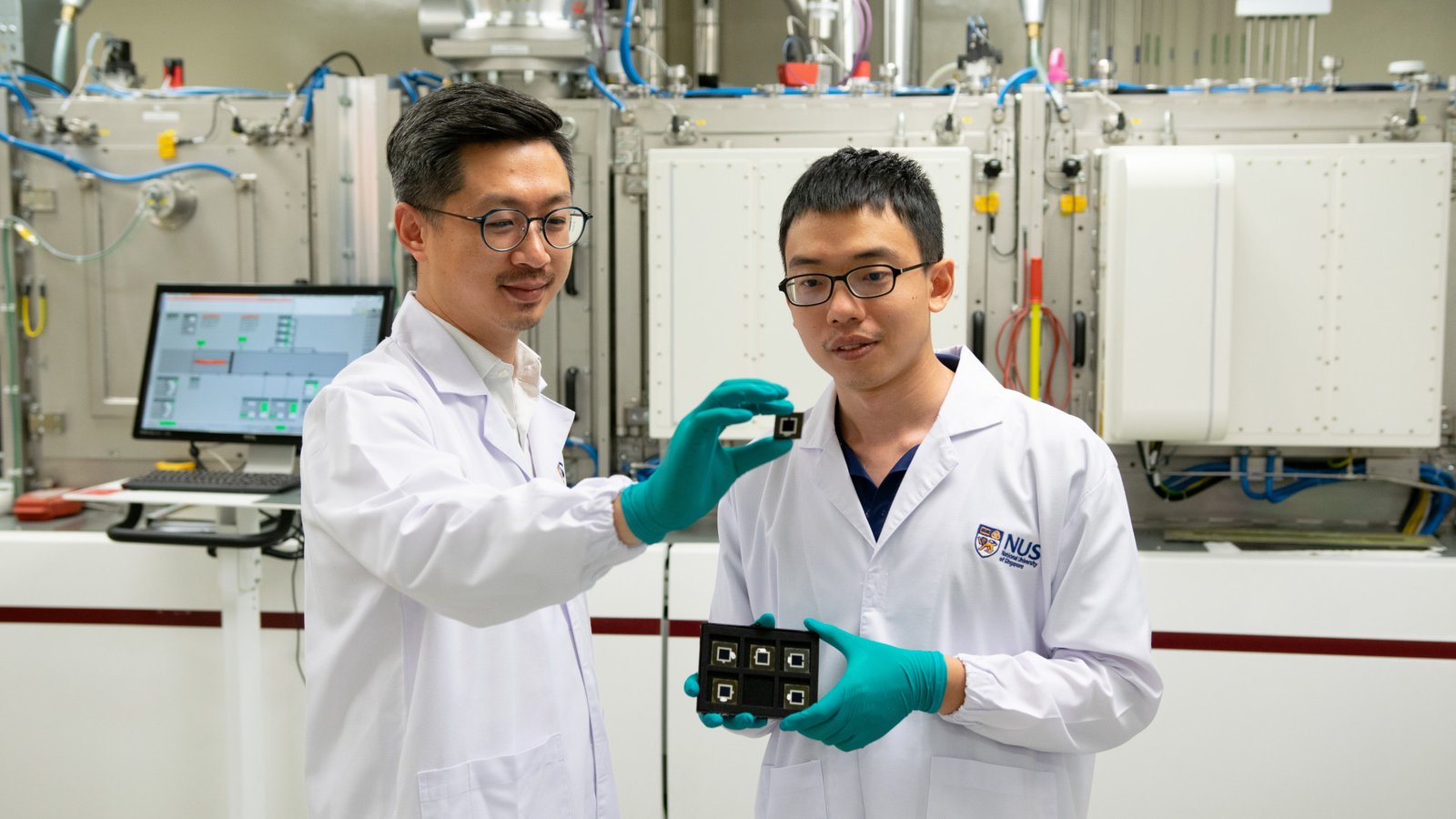The integration of cyanate into the perovskite structure resulted in a significant leap in performance, surpassing that of comparable multi-junction solar cells.
National University of Singapore (NUS) scientists have achieved a groundbreaking feat in solar cell technology, unveiling a novel triple-junction perovskite/Si tandem solar cell boasting a certified world-record power conversion efficiency of 27.1 percent. This remarkable advancement marks a significant milestone in the field of renewable energy.
The breakthrough, led by Assistant Professor Hou Yi from the Department of Chemical and Biomolecular Engineering within NUS’s College of Design and Engineering (CDE) and the Solar Energy Research Institute of Singapore (SERIS), is detailed in a report published in the prestigious journal Nature.
Traditional solar cells, comprising multiple layers to form multi-junction cells aimed at enhancing efficiency, often encounter challenges such as energy loss and instability during operation. To tackle these obstacles, Assistant Professor Hou and his team engineered a cyanate-integrated perovskite solar cell, revolutionizing solar cell design.
The integration of cyanate into the perovskite structure resulted in a significant leap in performance, surpassing that of comparable multi-junction solar cells. By fine-tuning the perovskite’s energy characteristics through the incorporation of cyanate, the researchers achieved a higher voltage output and reduced energy loss.
Dr. Liu Shunchang, a Research Fellow in Assistant Professor Hou’s team, employed various analytical techniques to confirm the successful integration of cyanate into the perovskite structure, ultimately fabricating a cyanate-integrated perovskite solar cell.
The newly engineered perovskite solar cell exhibited remarkable stability, retaining over 96 percent of its capacity after continuous operation at maximum power for 300 hours under controlled conditions.
Buoyed by these promising results, the research team integrated the cyanate-integrated perovskite solar cells into a triple-junction perovskite/Si tandem solar cell. This innovative approach resulted in a certified world-record efficiency of 27.1 percent, as validated by an accredited independent photovoltaic calibration laboratory.
Assistant Professor Hou remarked, “These advancements offer groundbreaking insights into mitigating energy loss in perovskite solar cells and pave the way for further development of perovskite-based triple-junction solar technology.”
The potential theoretical efficiency of triple-junction perovskite/Si tandem solar cells surpasses 50 percent, indicating significant promise for future improvements, particularly in scenarios with limited installation space.
Moving forward, the NUS team aims to scale up this technology to larger modules while maintaining efficiency and stability. Future research will focus on innovations at perovskite interfaces and compositions, identified as crucial areas for further advancements.
While the achievement represents a significant step forward in solar energy technology, challenges remain, including cost per watt output for installation and the vulnerability of solar arrays. However, the unprecedented efficiency and stability of the triple-junction perovskite/Si tandem solar cell offer promising prospects for the future of sustainable and renewable energy sources.
This groundbreaking accomplishment not only demonstrates the ingenuity of the research team but also underscores the immense potential of solar energy technology in addressing global energy needs in a sustainable manner.
